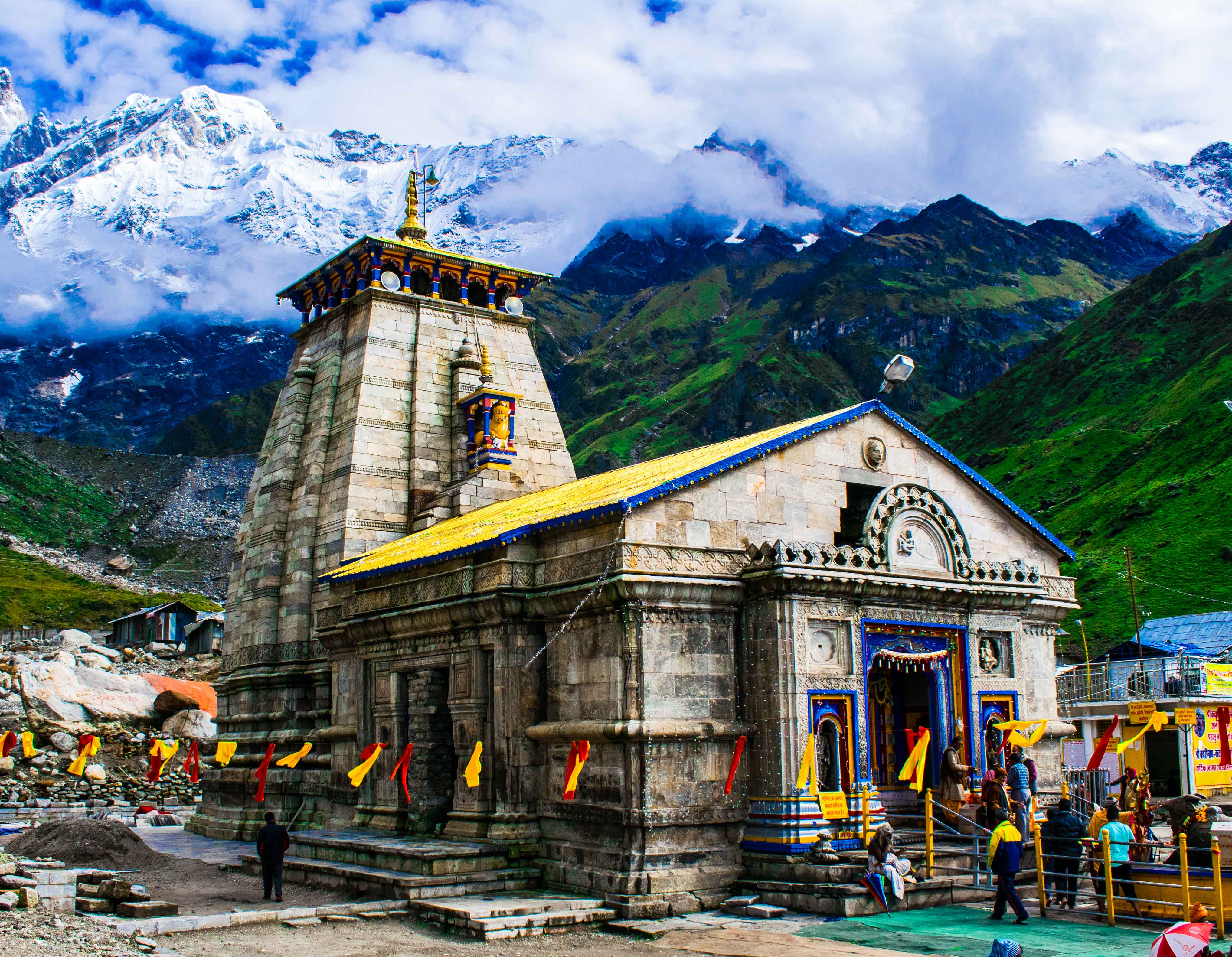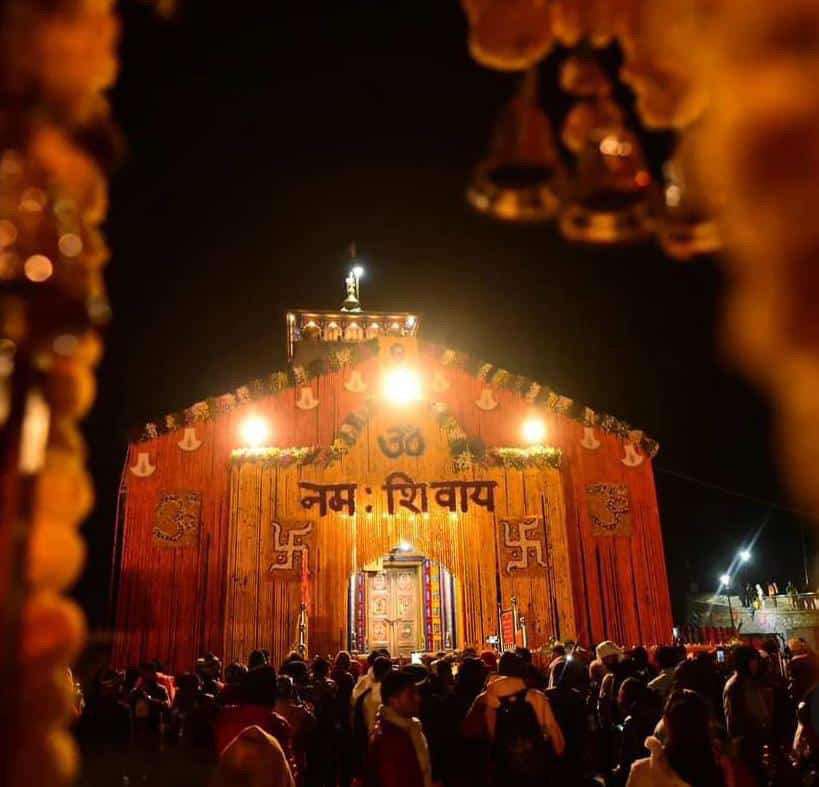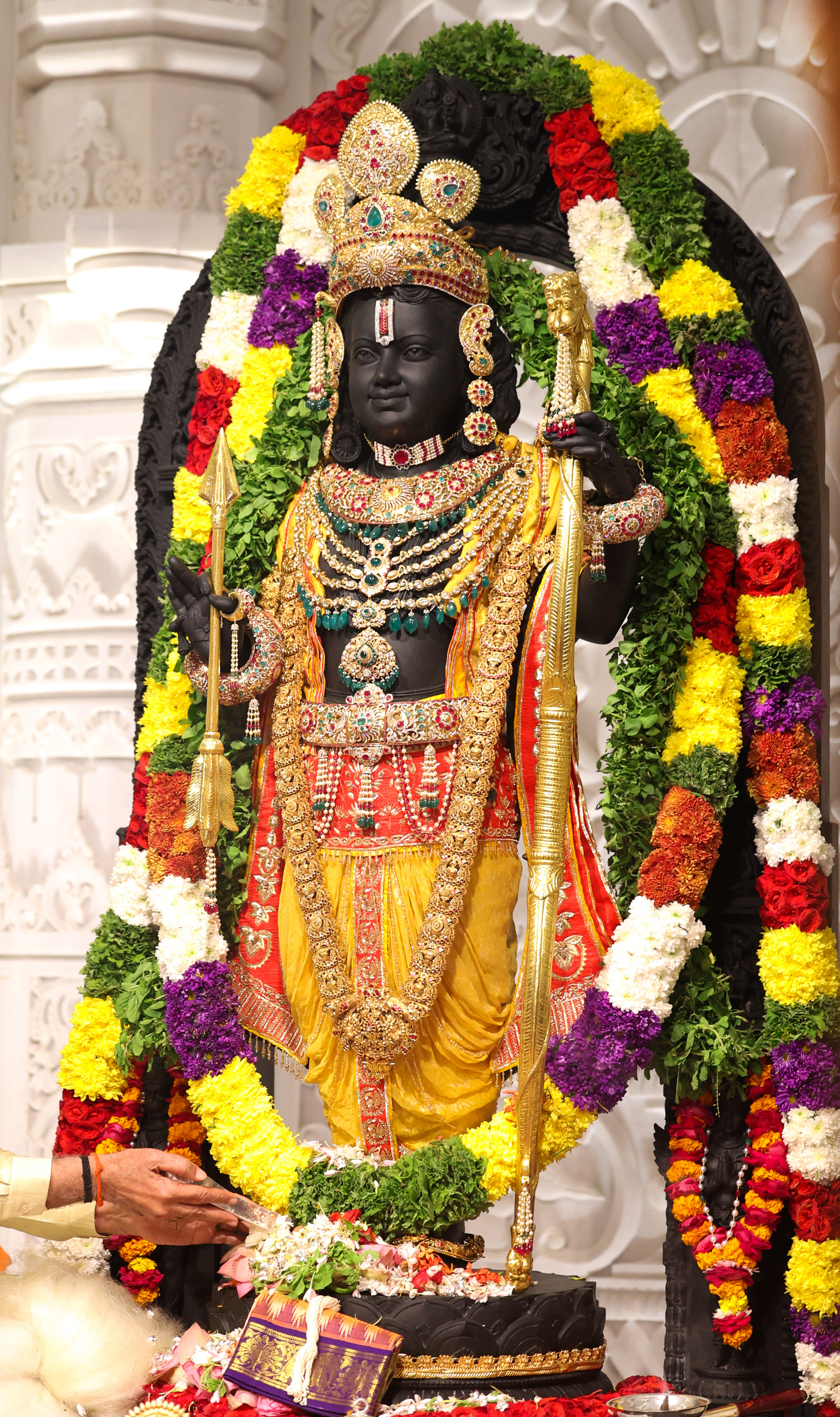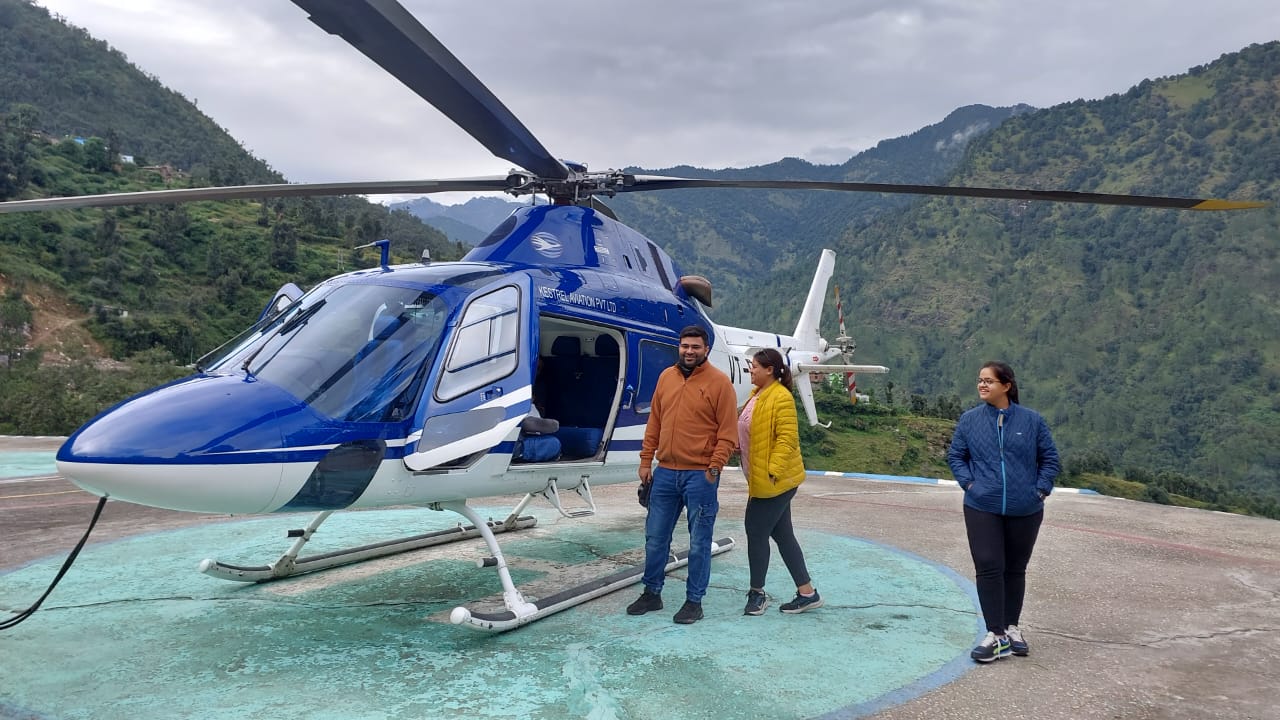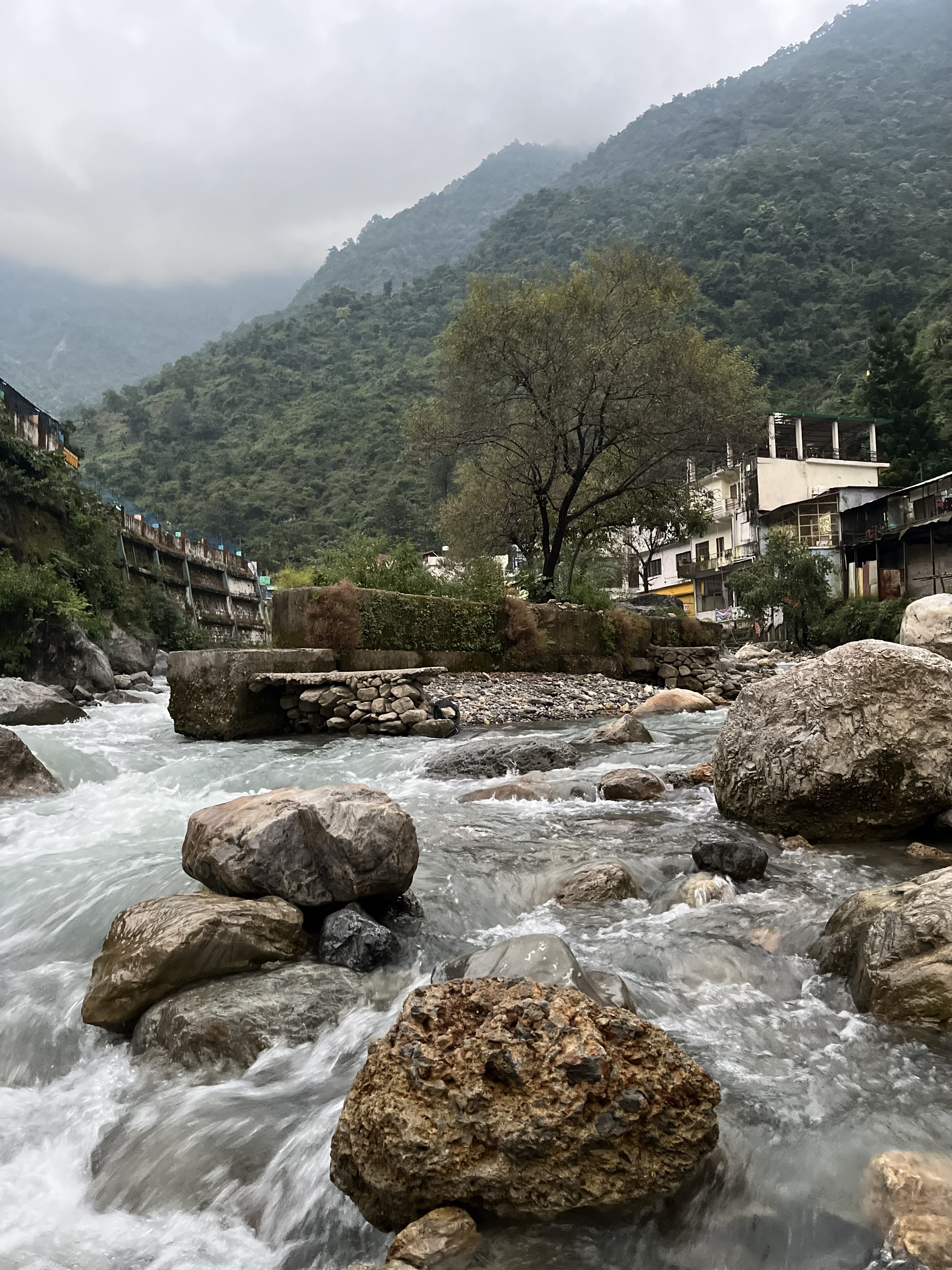Kedarnath: A Spiritual Odyssey in the Lap of the Himalayas

Kedarnath, nestled in the majestic Himalayan range, is one of the most revered pilgrimage sites in India. Dedicated to Lord Shiva, this sacred destination attracts thousands of devotees each year, offering a blend of spiritual enlightenment, breathtaking landscapes, and a deep connection to mythology. If you are planning a Kedarnath Yatra, this comprehensive guide will cover everything from history and significance to trekking routes, helicopter services, and travel tips.
Kedarnath - A Mythological and Historical Significance
The Legend of Kedarnath
Kedarnath is deeply rooted in Hindu mythology, with a prominent mention in the Mahabharata. It is believed that after the Kurukshetra War, the Pandavas sought Lord Shiva’s blessings to cleanse themselves of their sins. However, Lord Shiva, unwilling to forgive them easily, took the form of a bull and hid in the Himalayas. When the Pandavas discovered him, he dived underground, leaving his hump behind. This spot became the site of the Kedarnath Temple, which is now one of the twelve Jyotirlingas of Lord Shiva.
Historical Legacy of Kedarnath Temple
The Kedarnath Temple dates back to ancient times and is believed to have been built by Adi Shankaracharya in the 8th century. The temple is made of massive stone slabs, showcasing the architectural brilliance of its time. Despite surviving several natural disasters, the temple remains an unshakable symbol of devotion and spiritual power.
Kedarnath Temple - An Architectural Marvel
The Kedarnath Temple, built in a rustic Himalayan architectural style, is an example of ancient craftsmanship and devotion.
The temple is built using large stone slabs, making it resilient against extreme weather conditions.
The towering shikhara (spire) is a unique feature of North Indian temple architecture.
The temple walls are adorned with mythological figures, deities, and sacred symbols.
The temple’s alignment with celestial bodies adds to its mystical significance.
Despite facing several natural calamities, the temple has been restored multiple times to maintain its structural and spiritual essence.
Kedarnath Yatra - A Pilgrimage of Devotion and Endurance
The Kedarnath pilgrimage is more than just a journey; it is a test of faith, patience, and resilience. Devotees undertake the Kedarnath trek, crossing dense forests, gushing streams, and steep mountain trails to seek the blessings of Lord Shiva.
The altitude of Kedarnath is 3,583 meters (11,755 ft).
The best time to visit Kedarnath is between May to June and September to October.
The temple opens on Akshaya Tritiya (May) and closes on Bhai Dooj (November).
How to Reach Kedarnath - A Complete Travel Guide
Kedarnath is located in Uttarakhand's Rudraprayag district and requires multiple travel modes to reach.
Step 1: Travel to Haridwar or Rishikesh
By Air - The nearest airport is Jolly Grant Airport, Dehradun.
By Train - The nearest railway stations are Haridwar and Rishikesh.
By Road - Buses and taxis are available from Delhi, Haridwar, and Rishikesh.
Step 2: Travel from Haridwar or Rishikesh to Gaurikund
The distance is 220 km, and it takes 8-10 hours by road.
Private taxis, shared cabs, and buses are available.
Step 3: Trek from Gaurikund to Kedarnath Temple
The trekking distance is 16-18 km, which takes 6-8 hours.
Alternative transport options include ponies, palkis, and doli services.
Helicopter Services to Kedarnath
For those unable to trek, helicopter services from Dehradun, Phata, Guptkashi, and Sersi offer a faster and more comfortable journey to Kedarnath.
Helicopter routes include Phata, Guptkashi, Sersi to Kedarnath.
The helicopter flight duration is 8-10 minutes per flight.
Helicopter booking is available online via authorized operators.
Best Time to Visit Kedarnath
The ideal time for Kedarnath Yatra is between May and June or September and October.
Summer from May to June is the best time for trekking with clear weather and comfortable temperatures.
Post-monsoon from September to October is ideal for pilgrimage with less crowd and stable weather.
Monsoon from July to August is not recommended due to heavy rainfall and the risk of landslides.
Winter from November to April is not recommended as the temple remains closed due to heavy snowfall.
Places to Visit Near Kedarnath
Bhairavnath Temple
Located 500 meters from Kedarnath Temple, dedicated to Lord Bhairav, the protector of Kedarnath.
Vasuki Tal
A glacial lake located at 4,150 meters, offering a challenging trek and stunning views of Himalayan peaks.
Gandhi Sarovar (Chorabari Tal)
A pristine glacial lake near Kedarnath, known for its scenic beauty and peaceful ambiance.
Triyuginarayan Temple
A mythological site where Lord Shiva and Goddess Parvati’s wedding took place, famous for its eternal flame that has been burning for centuries.
Kedarnath Wildlife Sanctuary - A Natural Haven
The Kedarnath Wildlife Sanctuary is home to diverse flora and fauna, including
Snow leopards
Himalayan musk deer
Monal pheasants
Himalayan tahr
This protected sanctuary offers breathtaking views and is an ideal destination for wildlife enthusiasts and trekkers.
Kedarnath Trek - A Journey of Faith and Endurance
The Kedarnath Trek is an essential part of the pilgrimage, symbolizing devotion, patience, and resilience.
The trekking distance is 16 km from Gaurikund.
The difficulty level is moderate to challenging.
Facilities include pony, palki, and doli services.
Trekking Tip - Prepare for high-altitude conditions and carry warm clothing and essentials.
Book Your Kedarnath Yatra Today
Plan your Kedarnath Yatra hassle-free with Blueheight Aviation offering helicopter bookings, travel assistance, and VIP Darshan services.
Contact us today for the best Kedarnath Yatra package deals.
Limited slots available. Reserve your Kedarnath helicopter booking now.
Kedarnath is more than just a pilgrimage site; it is a spiritual retreat where devotion meets nature. Whether you trek the Himalayan trails or fly via helicopter, every moment in Kedarnath is an experience of divine connection and self-discovery.
Embark on your Kedarnath journey today and witness the eternal blessings of Lord Shiva.
Kedarnath Yatra by Helicopter from Dehradun - Blueheights Aviation
For a fast, convenient, and luxurious journey to Kedarnath, Blueheights Aviation offers Kedarnath by Helicopter from Dehradun. This service is perfect for those who want to avoid the challenging trek while experiencing a spiritually fulfilling pilgrimage.
Kedarnath Helicopter Package from Dehradun
- Departure: Sahastradhara Helipad, Dehradun
- Duration: 40-45 minutes (one way)
- VIP Darshan Access at Kedarnath Temple
- Priority Puja Arrangements
- Return to Dehradun on the same day or opt for an overnight stay at Kedarnath
This package ensures a comfortable and hassle-free experience for devotees seeking a divine connection with Lord Shiva.
Charter Helicopter Services for Kedarnath Yatra
For an exclusive, private, and customized pilgrimage experience, Blueheights Aviation offers Charter Helicopter Services for Kedarnath Yatra.
- Private Helicopter Booking for families, VIPs, and groups
- Flexible Schedules and Personalized Services
- Direct Flights from Dehradun, Phata, Guptkashi, and Sersi
- High-End Luxury Experience with VIP Darshan
This charter service is ideal for those who wish to avoid crowds and experience a premium pilgrimage journey to Kedarnath.
Do Dham Yatra by Helicopter - Kedarnath and Badrinath from Dehradun
If you are planning to visit both Kedarnath and Badrinath, the Do Dham Yatra by Helicopter from Dehradun is the fastest and most convenient way to complete the pilgrimage.
Do Dham Yatra Itinerary
Day 1: Dehradun to Kedarnath
- Early morning helicopter ride from Dehradun to Kedarnath
- VIP Darshan at Kedarnath Temple
- Fly to Badrinath Helipad
- Stay overnight at Badrinath
Day 2: Badrinath Darshan and Return to Dehradun
- Early morning darshan at Badrinath Temple
- Visit Mana Village, Vyas Gufa, and Tapt Kund
- Return to Dehradun by afternoon
This Do Dham Yatra by Helicopter is perfect for those who want to complete their spiritual journey in just two dayswith maximum comfort.
Best Time to Visit Kedarnath
The ideal time for Kedarnath Yatra is:
- Summer (May - June): Best for trekking, with clear weather and comfortable temperatures.
- Post-Monsoon (September - October): Ideal for pilgrimage with fewer crowds and stable weather.
- Monsoon (July - August): Not recommended due to heavy rainfall and landslides.
- Winter (November - April): Temple remains closed due to extreme snowfall.
Frequently Asked Questions (FAQs) About Kedarnath Yatra
1. How can I book a helicopter for Kedarnath Yatra?
You can book a helicopter for Kedarnath Yatra through Blueheights Aviation, either online or via authorized agents. Early booking is recommended due to high demand.
2. What is the duration of the Kedarnath helicopter ride from Dehradun?
The helicopter ride from Dehradun to Kedarnath takes around 40-45 minutes.
3. Can I visit Kedarnath and Badrinath in one day?
Yes, with the Do Dham Yatra by Helicopter, you can visit both Kedarnath and Badrinath in a single day with VIP Darshan access.
4. Is there any weight limit for helicopter passengers?
Yes, most helicopter operators have a weight limit of 75 kg per passenger. Excess baggage may not be allowed.
5. What are the accommodation options at Kedarnath?
Pilgrims can stay at guesthouses, lodges, and government rest houses near Kedarnath Temple. Accommodation is limited, so early booking is advised.
6. What happens if my helicopter ride gets canceled due to bad weather?
In case of bad weather, the helicopter ride may be rescheduled for the next available slot. Refund policies depend on the service provider.
7. Do I need any medical fitness for the Kedarnath Yatra?
Yes, due to high altitude (3,583 meters), it is advisable to consult a doctor before traveling, especially for elderly individuals and those with heart or respiratory conditions.
8. Can children and elderly people take the helicopter ride?
Yes, helicopter services are safe for children and elderly people, but medical fitness should be considered.
9. Is registration required for Kedarnath Yatra?
Yes, pilgrim registration is mandatory and can be done online or at designated centers before starting the journey.
10. What should I carry for the Kedarnath Yatra?
- Warm clothes (temperature drops significantly)
- Comfortable trekking shoes
- Medical kit and personal medicines
- Government-issued ID for verification
- Dry snacks and water bottles
Book Your Kedarnath and Do Dham Yatra by Helicopter Today
Experience a hassle-free, comfortable, and spiritually fulfilling Kedarnath Yatra with Blueheights Aviation.
- Helicopter services for Kedarnath and Do Dham Yatra
- Charter helicopter bookings available
- VIP Darshan and priority puja arrangements
Contact us now for the best Kedarnath Yatra helicopter package deals. Limited slots available!
Conclusion
Kedarnath is more than just a pilgrimage site; it is a spiritual retreat where devotion meets nature. Whether you trek the Himalayan trails or fly via helicopter, every moment in Kedarnath is an experience of divine connection and self-discovery.
Embark on your Kedarnath and Do Dham Yatra by Helicopter today and seek the eternal blessings of Lord Shiva.

